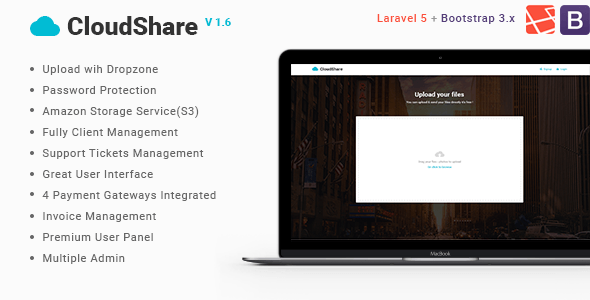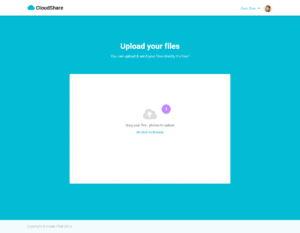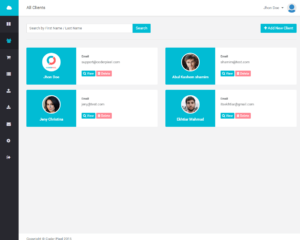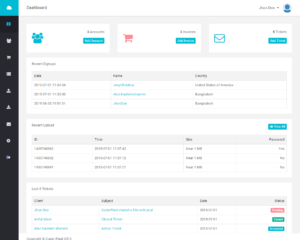PHP Scripts
CloudShare v1.6 – Online File Sharing Application – PHP Script Is Here !!!

?CloudShare v1.6
CloudShare is a very advanced PHP script to create a beautiful file sharing site!
It has many advanced features and a Primum build.
Hope You’ll Like It
Demo:
Email: client@coderpixel.com
Password: client.password
ScreenSorts:



Download Link:
CloudShare Techiey. com.zip (Google Drive)




4.5